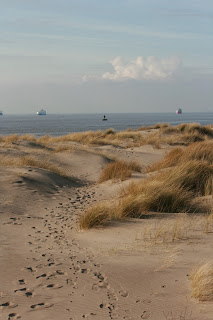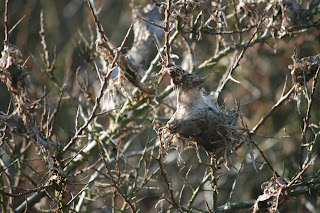The wings of this species are pure white, as is the body, apart from a tuft of brown hairs at the end of the abdomen. The brown coloration extends along most of the back of the abdomen in the male. In the female, the back of the abdomen is white, but the tuft of brown hairs is much bigger. The wingspan is 36-42 mm. The species flies at night in July and August and is attracted to light.
The larva is brown with red and white markings and is very hairy. These hairs provide protection for this species throughout its life cycle: the larva incorporates some into the cocoon within which it pupates; the emerging adult female collects some on its tail and uses it to camouflage and protect the eggs as they are laid. The species overwinters communally as larvae within a tough, silken tent. In areas where the species is abundant, these tents are a familiar sight, and can be seen on a huge range of plants (see list below).
The hairs break off as barbs and on contact with skin can cause rashes, skin irritation, headaches and breathing difficulties. The species should be handled using protective gloves at all stages of its life cycle. After accidental contact, people should wash their hands in soapy water and clear their eyes using an eyewash.





































